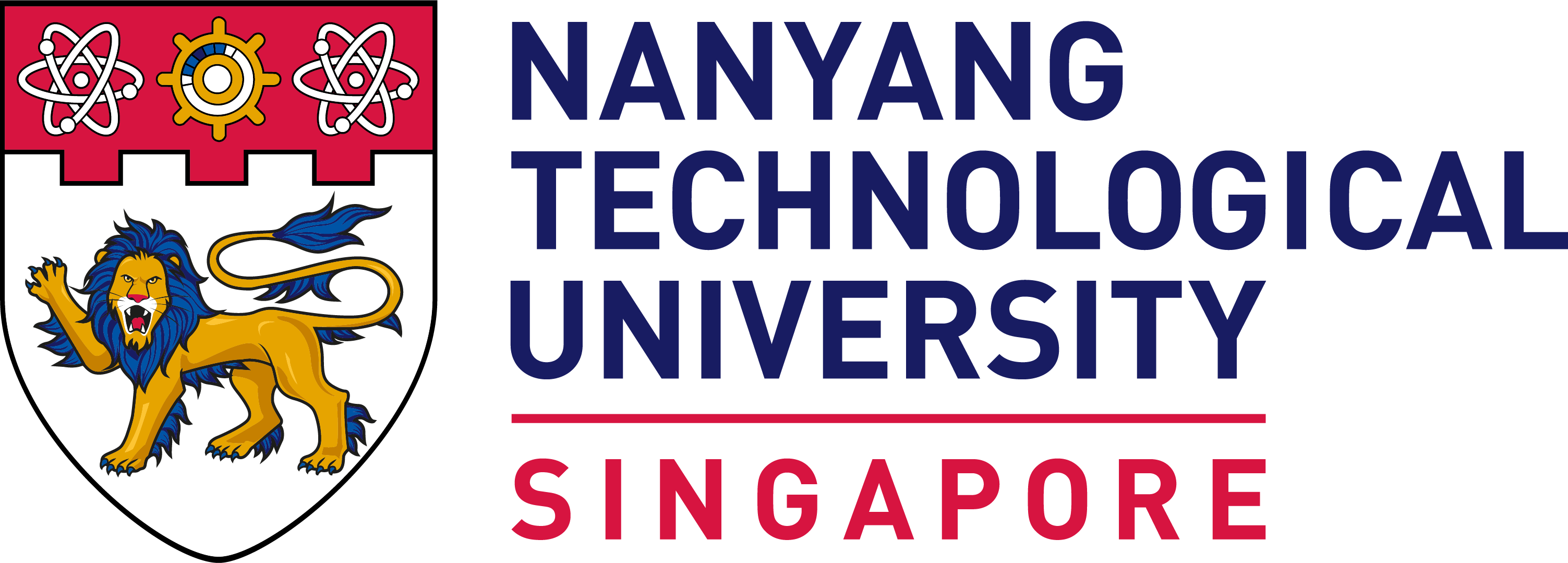Red Sea crisis a wakeup call for South African to improve port capacity
Commercial maritime traffic around the Cape is up 53% since October

The increased risk of attacks by the Yemen-based revolutionary movement Ansarallah (often referred to as Houthis) on Israel-bound or Israel-allied container ships have forced many shipping lines to redirect their vessels around the southern tip of Africa. In doing so, it presents South African ports with a significant opportunity to generate additional revenue by offering refuelling (also known as bunkering), supplies, and crewing services to these vessels.
Seaborne traffic around South Africa surged 53% in the three months leading up to the second week of January. By last month, the price of low-sulphur bunker fuel in Cape Town has leaped 15% to nearly US$800 per tonne. Singapore-headquartered Swiss commodities trading firm Trafigura has also reported an uptick in demand for fuel along the African coast.
In his recent State of the Nation address, South African President Cyril Ramaphosa said that South Africa was strategically positioned to provide bunkering services for the rerouted ships. However, South Africa has not been able to fully capitalised on this opportunity. Inadequate infrastructure, bureaucratic hurdles, and corruption have all contribute to congestion and resulted in significant shipping delays at South African ports. Many shipping lines have therefore decided to berth in Namibia or Mauritius instead.
The World Bank 2022 Container Port Performance Index places the Port of Durban at 341 out of 348 ports worldwide in terms of efficiency. The Port of Cape Town stands at 344. The rankings are based on the average hours per port call – the total time from when a vessel arrives until it departs from its berth. Such delays directly affect the operating costs of shipping lines.
Backlogs at the Port of Durban escalated to a crisis level in November 2023, as approximately 79 vessels and more than 61,000 containers were compelled to remain at outer anchorage. The Port of Cape Town experienced similar delays at its container terminal. However, the situation has since improved, with the number of ships waiting to berth at the Port of Durban reduced to just 12 by the end of January.
To address these challenges, the government has hinted at greater private sector participation in South Africa's ports, potentially opening up more opportunities for businesses. Last year, International Container Terminal Services Inc. (ICTSI) from the Philippines won a bid to develop and upgrade the Durban Container Terminal Pier 2. The project, set to last 25 years, will be a joint venture with Transnet Port Terminals, a division of the state-owned South African freight transport company Transnet.
As South Africa improves its port infrastructure, there is further potential for private sector players to supply essential equipment, including cranes, tugboats, pilot boats, helicopters, straddle carriers, and haulers. Additionally, these companies can help address capacity constraints in the medium term.
Egypt, which was already wrestling with the worst economic crisis in decades before the Israel-Hamas crisis erupted in October, has seen shipping transit fee revenues from the Suez canal slump. The North African republic raked more than US$10bn in transit fee before the crisis. Japanese logistics company Mitsui OSK Lines, which has redirected its ships through South Africa, anticipates the impact of Red Sea tensions on global trade could persist for up to a year. While the threat to commercial shipping in the Red Sea has hurt the Egyptian economy, it has turned into a windfall for Southern Africa.
Trade link between Asia and the West has faced the most acute delays, given the scarcity of viable alternatives to the Suez Canal. The fastest typical Asia-Europe route through the Suez Canal takes 25 to 30 days. The alternative route, which wends round the Cape of Good Hope, adds another 10 days. The problem has been compounded further by the drought conditions in the Panama Canal, which had earlier forced large freight ocean liners to shift to the Suez.
References
‘Philippine giant wins bid to run Durban container terminal’, News24, 17 July 2023
‘South Africa’s ambitious plan to save ports and rail: Working with private sector to rescue a struggling economy’, BizNews, 12 October 2023
‘South Africa's Transnet reports $87 mln half-year loss’, Reuters, 22 December 2023
‘The Container Port Performance Index 2022’, World Bank Group, 2023
‘Navigating troubled waters: Unpacking South Africa’s port challenges and charting a course for transformation’, Clyde & Co, 11 January 2024
‘Red Sea ship diversions boost bunker demand, prices in Africa, Mediterranean’, Reuters, 18 January 2024
‘Maritime traffic around South Africa rises dramatically’, Freight News, 18 January 2024
‘African ports report surge in refueling demand amid red sea security risks’, Marine Insight, 19 January 2024
‘Nicholas Woode-Smith | Sound reforms needed for SA to take advantage of Middle East shipping crisis’, News24, 01 February 2024
‘Capacity gaps slow competitiveness of South Africa's ports [Business Africa]’, Africanews, 07 February 2024
‘Japanese logistics company Mitsui OSK Lines sees Red Sea disruption to last up to 1 year’, Egypt Today, 07 February 2024
‘President Cyril Ramaphosa: 2024 State of the Nation Address’, Government of South Africa, 08 February 2024
‘Can Africa profit from Red Sea crisis?’, DW, 17 February 2024














/enri-thumbnails/careeropportunities1f0caf1c-a12d-479c-be7c-3c04e085c617.tmb-mega-menu.jpg?Culture=en&sfvrsn=d7261e3b_1)

/cradle-thumbnails/research-capabilities1516d0ba63aa44f0b4ee77a8c05263b2.tmb-mega-menu.jpg?Culture=en&sfvrsn=1bc94f8_1)







